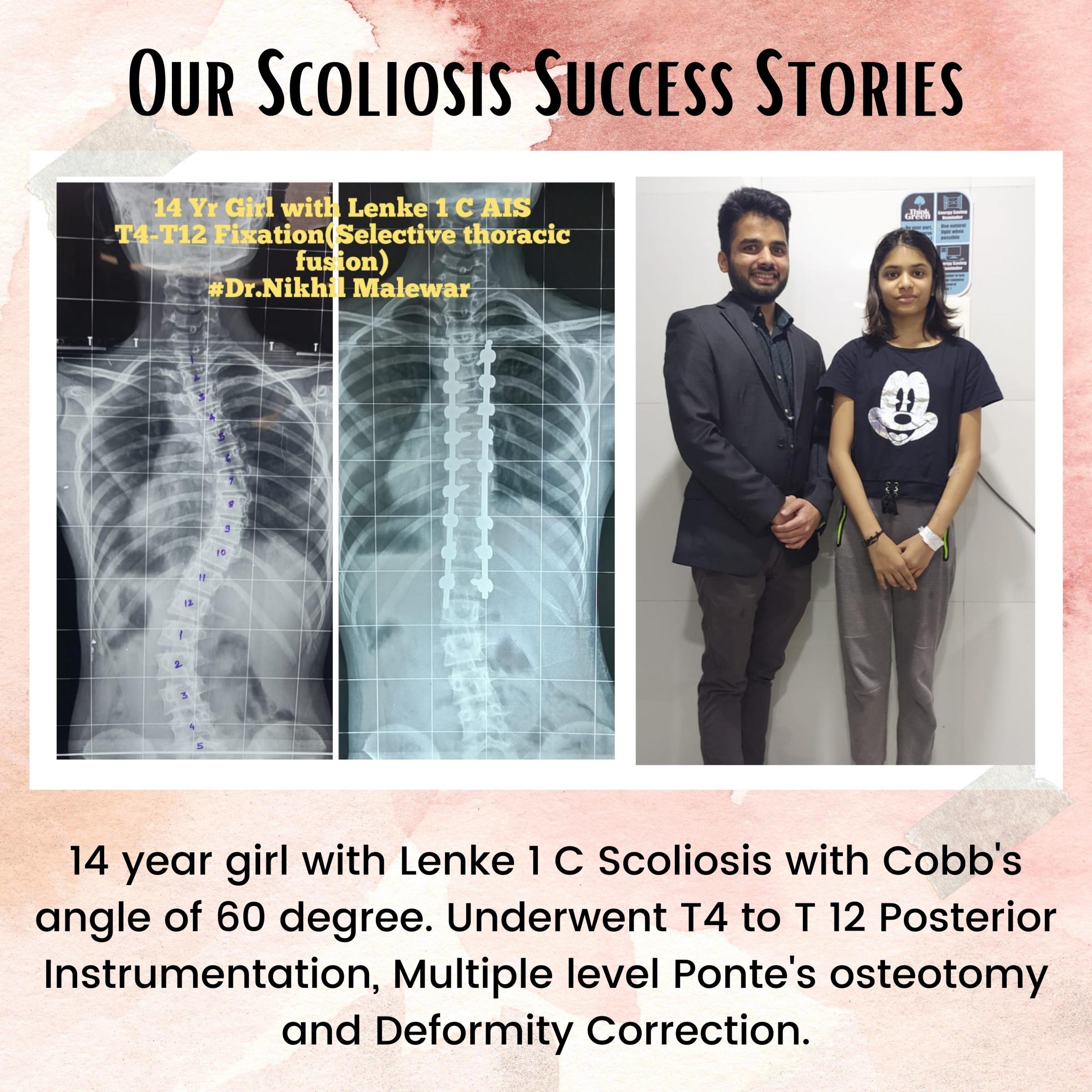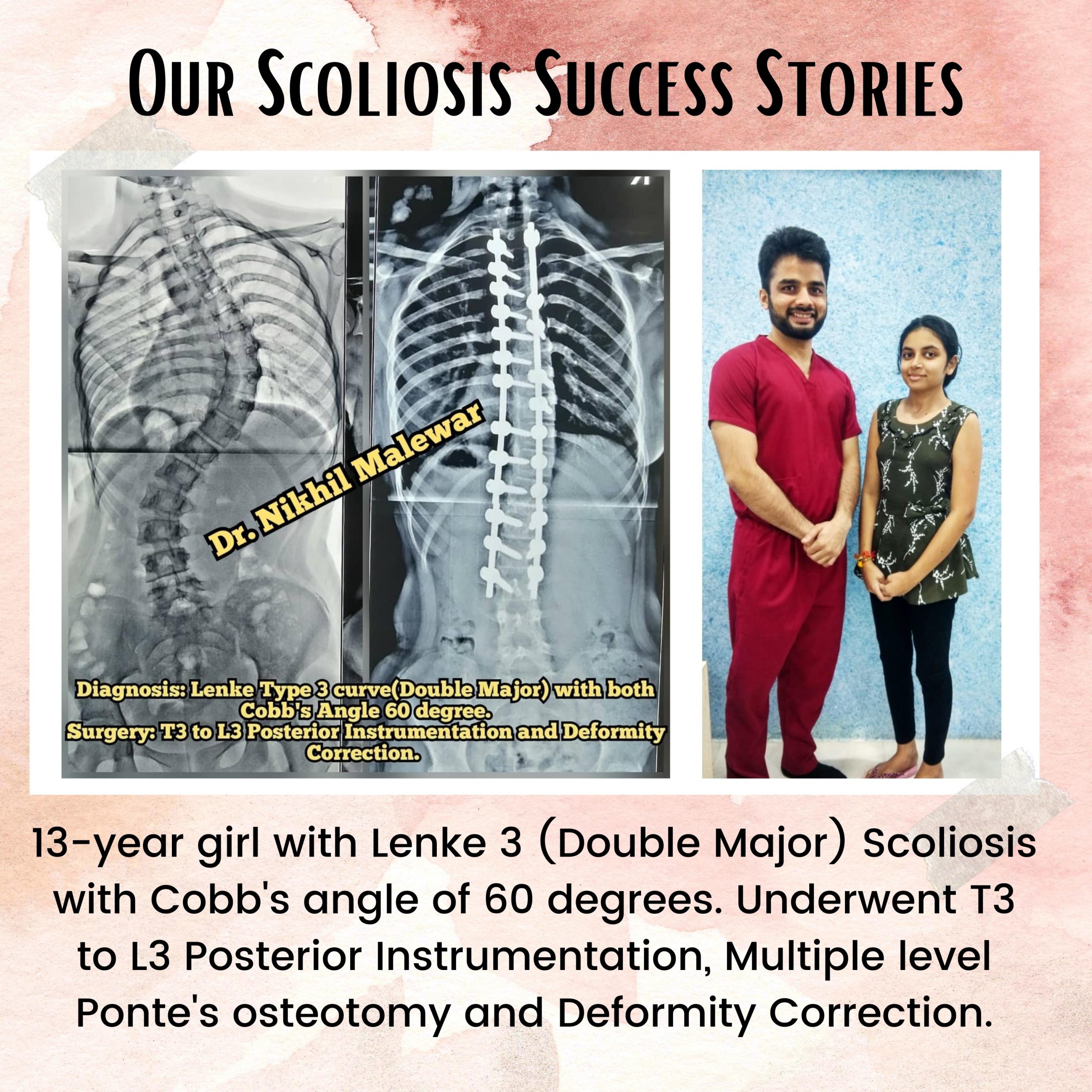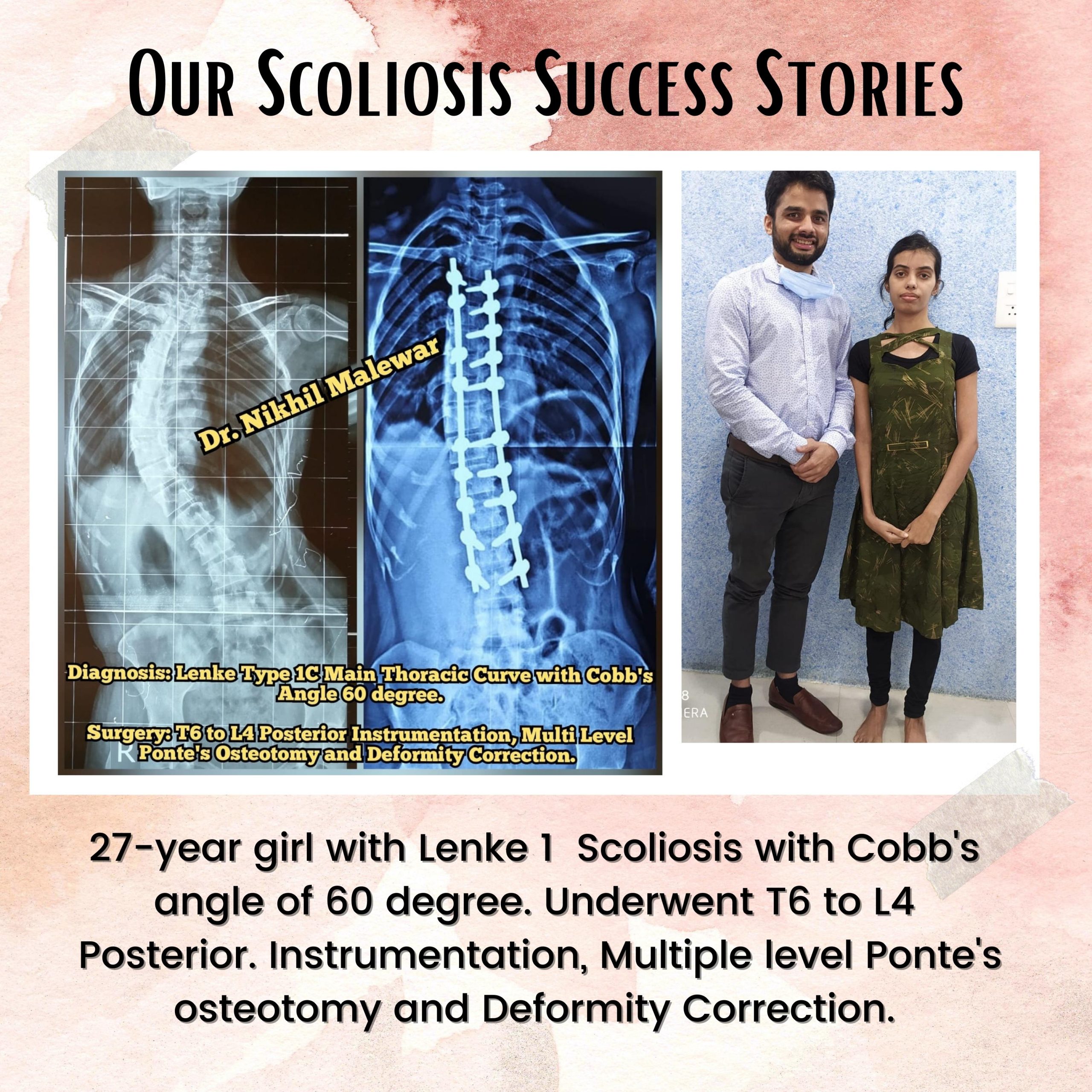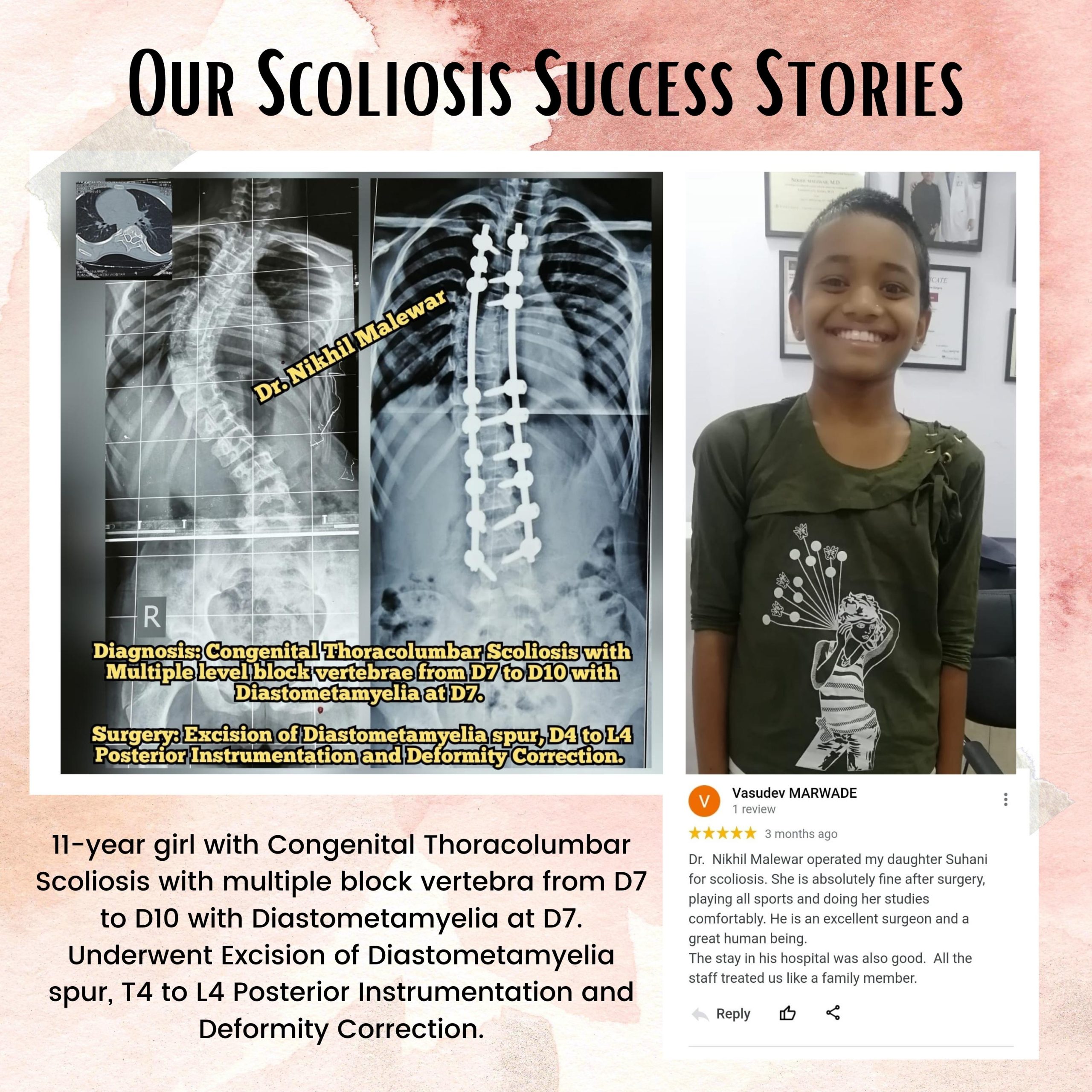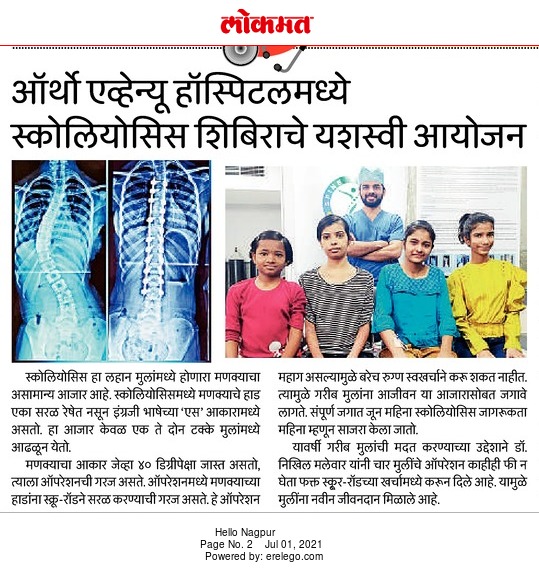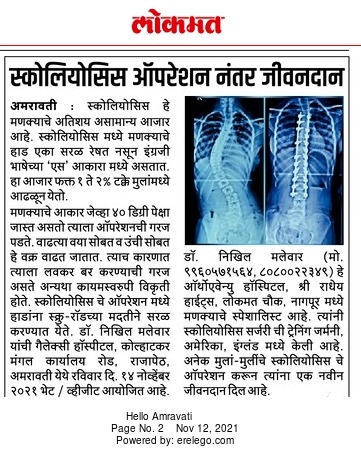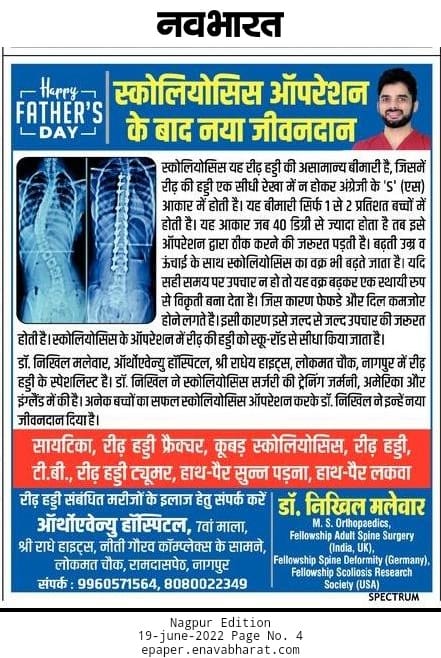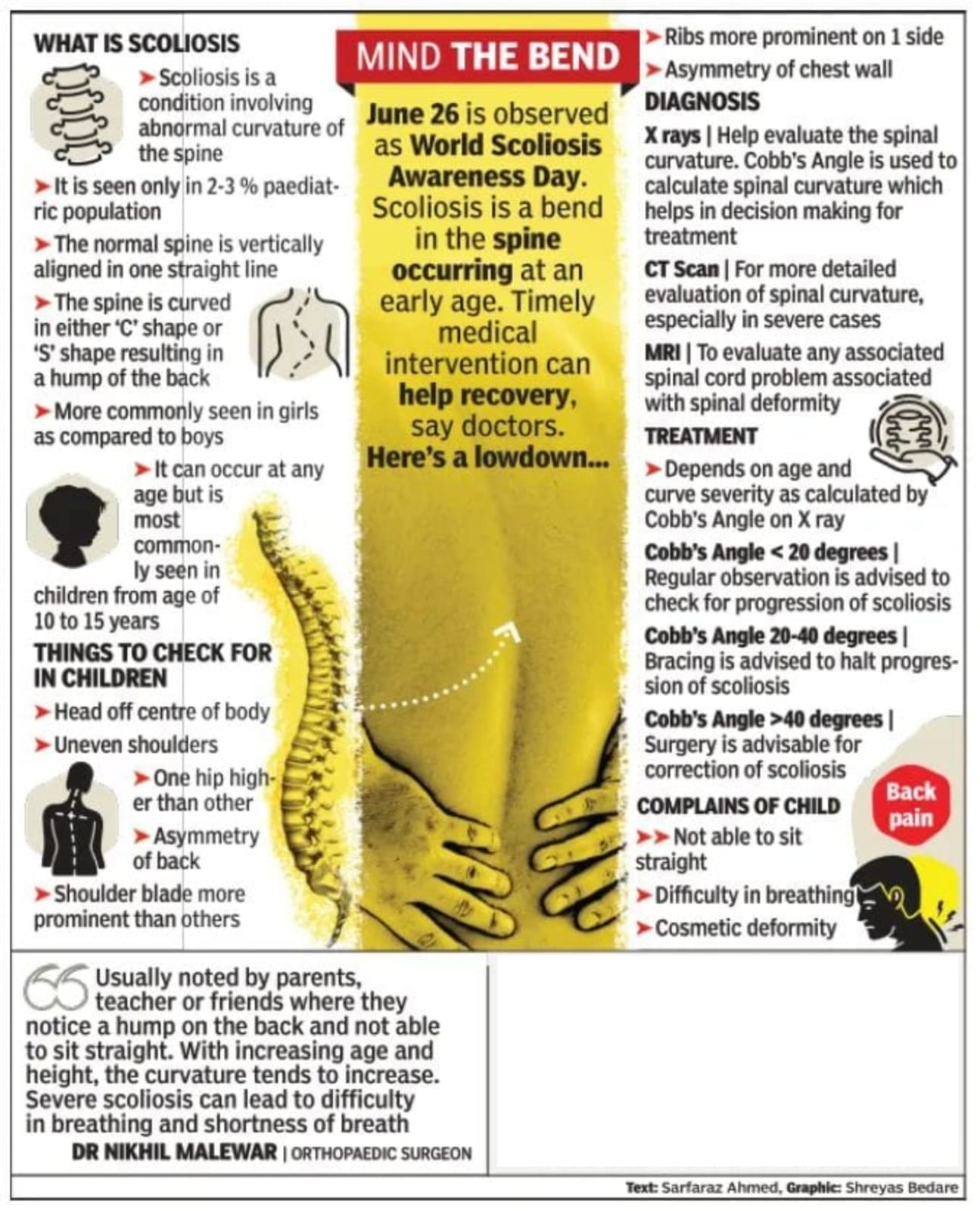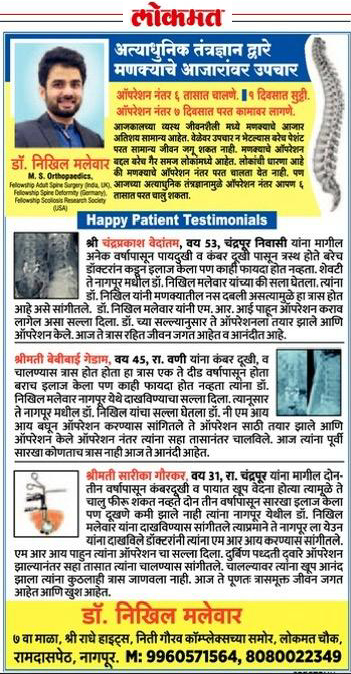Sciatica Specialist In Sagar
About 40% of people experience sciatica at some point in life. The expert team provides top-quality, customized treatments for sciatica. If you have pain that radiates from your low back or hip into the buttock and leg, contact us today.

What is sciatica?
Sciatica is pain that arises from irritation of the sciatic nerve. The longest nerve in your body, the sciatic nerve branches from the lumbar spine (low back) and runs through the buttocks and down each of your legs.
How do I know if I have sciatica?
Sciatica is a symptom of an underlying problem, not a condition in and of itself. Sciatica can cause nerve pain that ranges from mild to severe.
Sciatica can feel like a bad leg cramp or like sharp, shooting electric-shock sensations that leave you in excruciating pain. You may also experience numbness, tingling, or muscle weakness anywhere along the nerve, from the low back to the leg.
What causes sciatica?
The most common cause of sciatica is a bulging or herniated disc in the lumbar spine. When the soft, gel-like substance inside a disc protrudes, it can press on the sciatic nerve and cause pain, numbness, and tingling
Other causes of sciatica include:
- Lumbar spinal stenosis
- Spondylolisthesis
- Degenerative disc disease
- Spinal injury or infection
- Spinal tumors
- Cauda equina syndrome
- Piriformis syndrome
How is sciatica diagnosed?
First, your provider conducts an individualized and comprehensive medical evaluation. They don’t double-book, which ensures you have enough one-on-one time with your specialist to get an accurate diagnosis.
In addition to a physical exam and review of your medical history, the team may use imaging tools such as an X-ray or magnetic resonance imaging (MRI) scan, to confirm a diagnosis and determine the root cause of sciatica.
How is sciatica treated?
About 80-90% of people with sciatica get better without surgery. The team uses a variety of nonsurgical treatments for sciatica, including:
- Pain-relieving medications
- Physical therapy
- Stretching and strengthening exercises
- Hot and cold packs
- Corticosteroid injections
- Regenerative medicine like platelet-rich plasma (PRP) and stem cell therapy
- Alternative therapies like acupuncture and chiropractic
Our Scoliosis Success Stories

